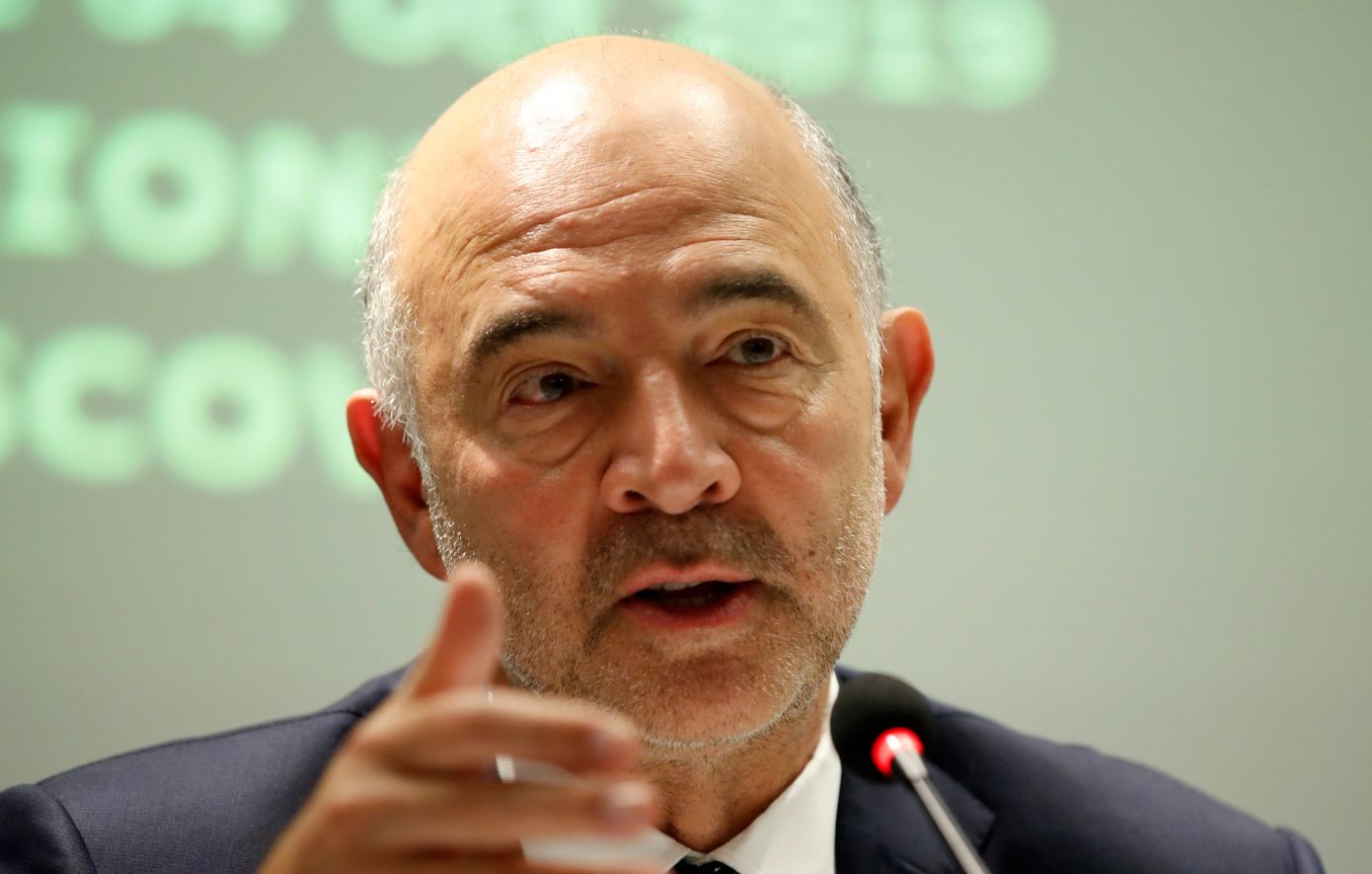- The Dollar (IDXY) rises more than 0.25% on Friday immediately after the NFP numbers.
- The unemployment rate falls to 3.7%, below the estimate of 3.9%.
- The Dollar Index rebounds to 104 points.
The US dollar is overcoming the Japanese crisis on Thursday. At one point, the Japanese Dollar rose 4% against the Yen. However, the publication of the United States Employment Report erased that devaluation and put the dollar back on the map.
On the economic level, the unemployment rate attracts all the attention. The drop from 3.9% to 3.7% is a very telling sign of the strength and rigidity of the labor market. While waiting for the preliminary figures from the universities for December, we hope that they will be confirmed and that the Dollar Index will rise again.
Daily summary: Unemployment rate, the big winner
- We report US NFP, mostly in line with some small positive rallies:
- The November Non-Farm Payrolls figure rose from 150,000 to 199,000, above the 183,000 consensus.
- The monthly average hourly earnings rose from 0.2% to 0.4%.
- Average annual hourly earnings fell slightly, from 4.1% to 4%.
- The US unemployment rate for November contracted from 3.9% to 3.7%.
- Around 15:00 GMT, the University of Michigan will release its preliminary data for December:
- The Sentiment Index is expected to rise from 61.3 to 62.
- Inflation expectations would go from 3.2% to 3.1%
- Europeans and Americans look for direction after the US Employment Report. US Stocks are not digesting it at all well and are in the red, below 1%.
- CME Group’s FedWatch tool shows that markets are pricing in a 97.7% chance that the Federal Reserve will keep interest rates unchanged at its meeting next week.
- The 10-year US Treasury yield jumps to 4.25%, erasing earlier pressure on rate cuts.
Dollar Index Technical Analysis: NFP Confirmation is the First Step
The US dollar is at a crucial crossroads that could trigger substantially larger and longer-term appreciation or devaluation. On the eve of Super Wednesday and Super Thursday, when markets will hear from no less than four of the world’s largest central banks, it looks like the Dollar could reestablish its King Dollar label. Traders looking for clues should keep an eye on the spread between the 2-year yield in the US and the 2-year yield in Germany, which has been widening, a situation that is correlated with a stronger US dollar.
The DXY is recovering after falling on Thursday, when the appreciation of the Japanese Yen was too strong. The DXY could still rise further if the jobs data triggers a rally in US yields again. A two-level move – first on the NFP figures and then on the University of Michigan – could send the DXY back above 104.28, with the 200- and 100-day SMAs converted to trading levels. medium.
On the downside, the 200-day SMA has done a tremendous job supporting the DXY with buyers entering below 103.56 and pushing it back towards that same level near the US closing bell. If this one fails Friday, we will have to watch the November lows near 102.46. Further downward pressure could put the 100 marker in sight, should US yields sink below 4%.
US Dollar FAQ
What is the US Dollar?
The United States Dollar (USD) is the official currency of the United States of America, and the “de facto” currency of a significant number of other countries where it is in circulation alongside local banknotes. According to 2022 data, it is the most traded currency in the world, with more than 88% of all global currency exchange operations, equivalent to an average of $6.6 trillion in daily transactions.
After World War II, the USD took over from the pound sterling as the world’s reserve currency.
How do the decisions of the Federal Reserve affect the Dollar?
The single most important factor influencing the value of the US Dollar is monetary policy, which is determined by the Federal Reserve (Fed). The Fed has two mandates: achieve price stability (control inflation) and promote full employment. Your main tool to achieve these two objectives is to adjust interest rates.
When prices rise too quickly and inflation exceeds the 2% target set by the Fed, the Fed raises rates, which favors the price of the dollar. When Inflation falls below 2% or the unemployment rate is too high, the Fed can lower interest rates, which weighs on the Dollar.
What is Quantitative Easing and how does it influence the Dollar?
In extreme situations, the Federal Reserve can also print more dollars and enact quantitative easing (QE). QE is the process by which the Fed substantially increases the flow of credit into a clogged financial system. This is an unconventional policy measure used when credit has dried up because banks do not lend to each other (for fear of counterparty default). It is a last resort when a simple lowering of interest rates is unlikely to achieve the necessary result. It was the Fed’s weapon of choice to combat the credit crunch that occurred during the Great Financial Crisis of 2008. It involves the Fed printing more dollars and using them to buy US government bonds, primarily from financial institutions. QE usually leads to a weakening of the US Dollar.
What is quantitative tightening and how does it influence the US dollar?
Quantitative tightening (QT) is the reverse process by which the Federal Reserve stops purchasing bonds from financial institutions and does not reinvest the principal of maturing portfolio securities in new purchases. It is usually positive for the US dollar.
Source: Fx Street
I am Joshua Winder, a senior-level journalist and editor at World Stock Market. I specialize in covering news related to the stock market and economic trends. With more than 8 years of experience in this field, I have become an expert in financial reporting.







